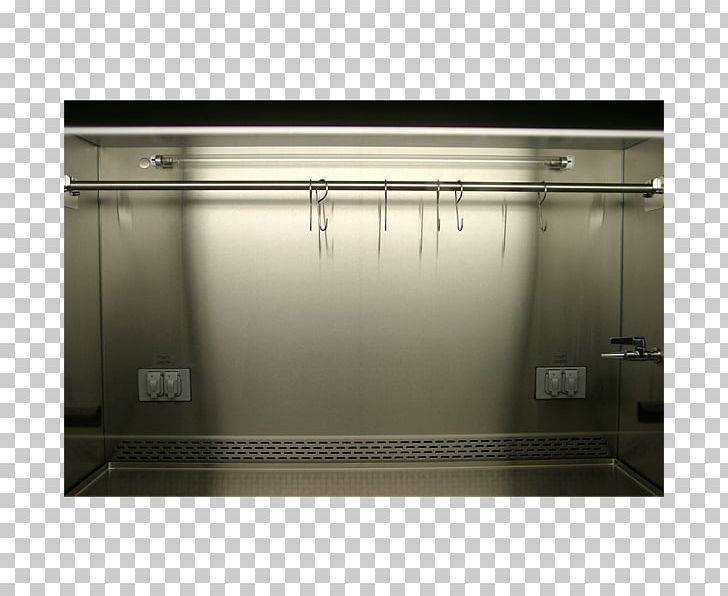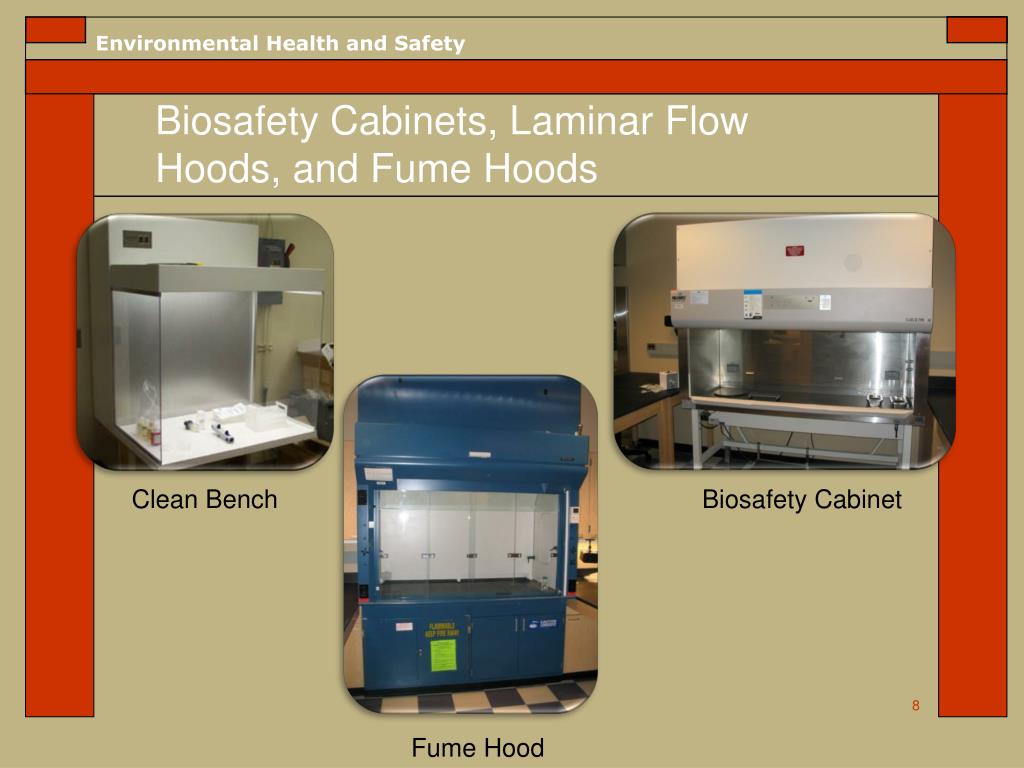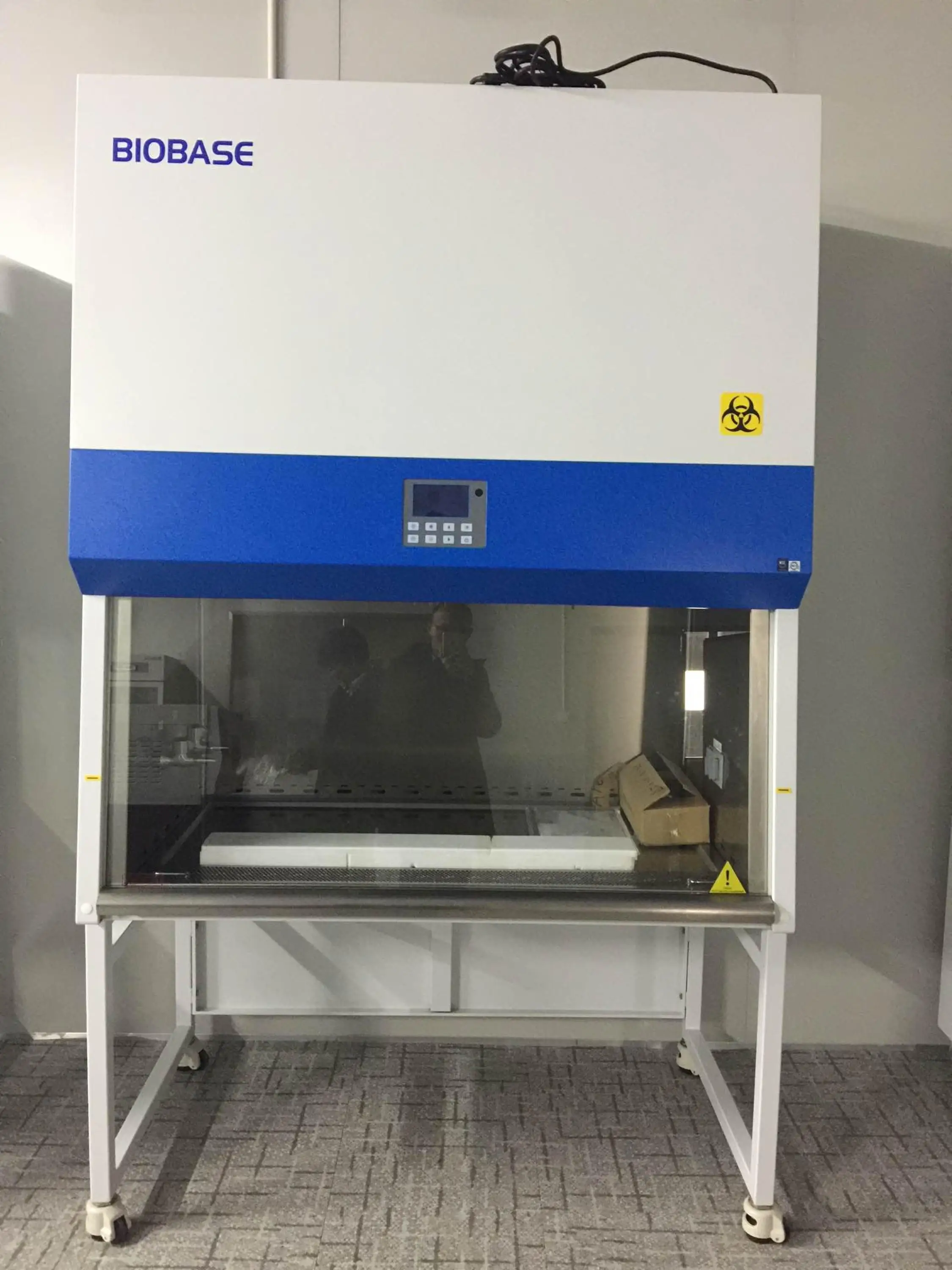

So, when the channel size decreases, the fluid speed increases. In the 18th century, Swiss mathematician and physicist Daniel Bernoulli applied the conservation of energy to fluid flow that led to the Bernoulli Equation and Bernoulli principle: When a fluid flows through a channel, fluid pressure, fluid speed, and channel cross-section are all directly related. Similarly, when the cross-section shrinks, fluid moves more quickly, so the same volume per time flows past. When the channel grows larger in cross-section, the fluid slows, because the volume is directly proportional to both that cross-section and the speed at which fluid moves past the point. The same volume of fluid must flow by each point. The fluid does not bunch up in some places or stretch thinner in others, even when the cross-section of the channel changes. To better understand how Class II containment works take a short review of some basic physics.įluids that are not under compression move without gaps through a channel or pipe. The Physics behind Biosafety CabinetsīSCs can seem passive because the most important tool of their effectiveness, air, is invisible.

By using relatively simple mechanisms that rely on the physics of fluid dynamics, these devices maintain barriers to contamination while still allowing the physical access that allows people to do their work. Class II Biosafety CabinetsīSCs are ingenious in their design. To summarize, BSCs are a form of safety control and risk management that have become standard in virtually every lab handling biological materials, whether hospitals and other large healthcare providers, testing facilities, pharmaceutical manufacturers, or other organizations that handle the particulate matter of low-to-moderate-risk. Potential contaminants are kept within the cabinet and filtered from discharged air, so they do not pose a risk for personnel or a source of contamination for work located elsewhere in the lab. Without the protection provided by Class II technology, multiple samples, processes, or procedures that occur within a cabinet could potentially undergo cross-contamination, undermining the time and energy already invested and disrupting schedules and completion times.īSCs also help protect the environment of the lab. Not only does this prevent injury or illness among workers, but it reduces potential liability on the part of the organization that owns or runs the lab.Ĭabinets protect the work being done. The cabinets prevent viruses, spores, and bacteria from infecting personnel. The most important need for protection is the lab technicians operating the BSC. Clean benches can be used for certain clean activities, such as the dust-free assembly of sterile equipment or electronic devices, and they should never be used when handling cell culture materials or drug formulations, or when manipulating potentially infectious materials.Biosafety Cabinets (BSCs) provide protection from airborne contamination by particulate matter. These devices only provide product protection. Horizontal laminar flow or vertical laminar flow “clean benches” are not biosafety cabinets these pieces of equipment discharge HEPA-filtered air from the back of the cabinet across the work surface toward the user, and they may expose the user to potentially hazardous materials. Vertical flow hoods, on the other hand, provide significant protection to the user and the cell culture. The flow can be horizontal, blowing parallel to the work surface, or it can be vertical, blowing from the top of the cabinet onto the work surface.ĭepending on its design, a horizontal flow hood provides protection to the culture (if the air flowing towards the user) or to the user (if the air is drawn in through the front of the cabinet by negative air pressure inside).


Laminar flow hoods protect the working environment from dust and other airborn contaminants by maintaining a constant, unidirectional flow of HEPA-filtered air over the work area.


 0 kommentar(er)
0 kommentar(er)
